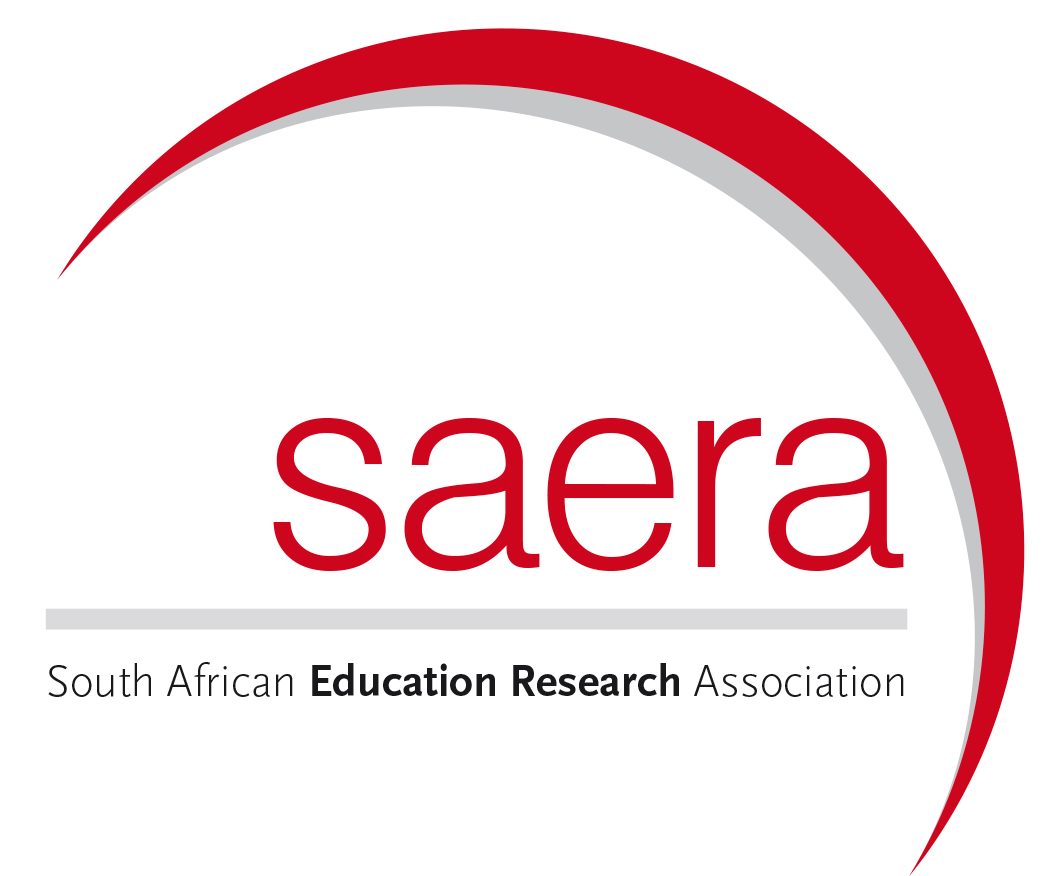Original Research
A sociological exploration of the need for safe spaces for lesbian and gay students on a South African university campus
Submitted: 15 October 2019 | Published: 28 November 2019
About the author(s)
Tshanduko Tshilongo, Department of Sociology, Faculty of Humanities, North-West University, Potchefstroom, South AfricaJacques Rothmann, Department of Sociology, Faculty of Humanities, North-West University, Potchefstroom, South Africa
Abstract
Background: The role of safe spaces on university campuses for gay and lesbian students remains a contested issue. This is attributed to the fact that the visibility of these students on university campuses presents a duality: On the one hand, the creation of such spaces provides a sense of communal belonging, safety and visibility for these students which could contribute to de-mystifying stereotypes. On the other hand, such increased visibility may further exacerbate a backlash to those who disclose their sexual identity, which manifests in verbal and/or physical homophobia.
Aim: The article reports on an explorative sociological study on the need for such safe spaces for lesbian and gay students on North-West University’s Potchefstroom campus.
Setting: The focus of the research was to explore the need for safe spaces on the North-West University’s Potchefstroom campus. The aim was to investigate the perceptions of self-identified gay and lesbian students on the importance of providing such spaces.
Methods: A qualitative research design, informed by the meta-theoretical principles of social constructionism, interpretivism and queer theory, was applied. Probability and snowball sampling methods were used along with 20 semi-structured interviews with 10 self-identified gay and 10 self-identified lesbian students. Thematic analysis was used to code the data.
Results: Participants expressed dualistic narratives regarding their experiences on campus. Some indicated that they did not experience any discrimination whereas others recalled particular incidences of homophobia. These differences notwithstanding, participants provided particular definitions of such spaces, identified its preferred formations and reasons for being in favour of and against its implementation.
Conclusion: Findings suggest that the introduction of formal policies is essential in deciding on whether safe spaces are necessary and to inform the decisions of students require this to disclose their identities.
Keywords
Metrics
Total abstract views: 4318Total article views: 5732
